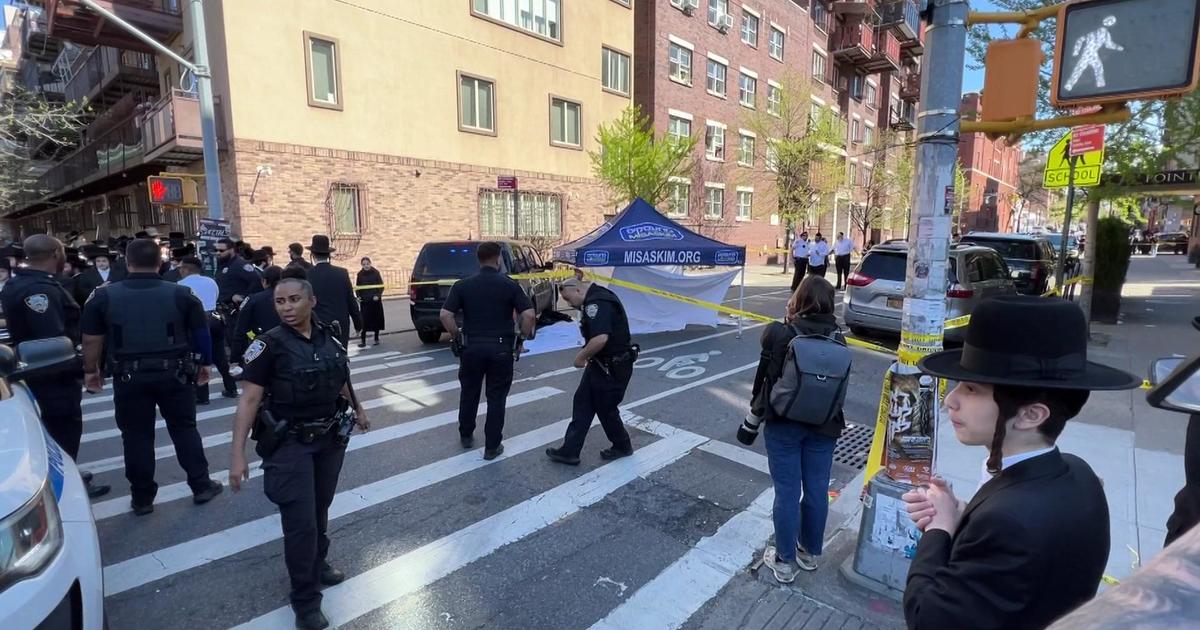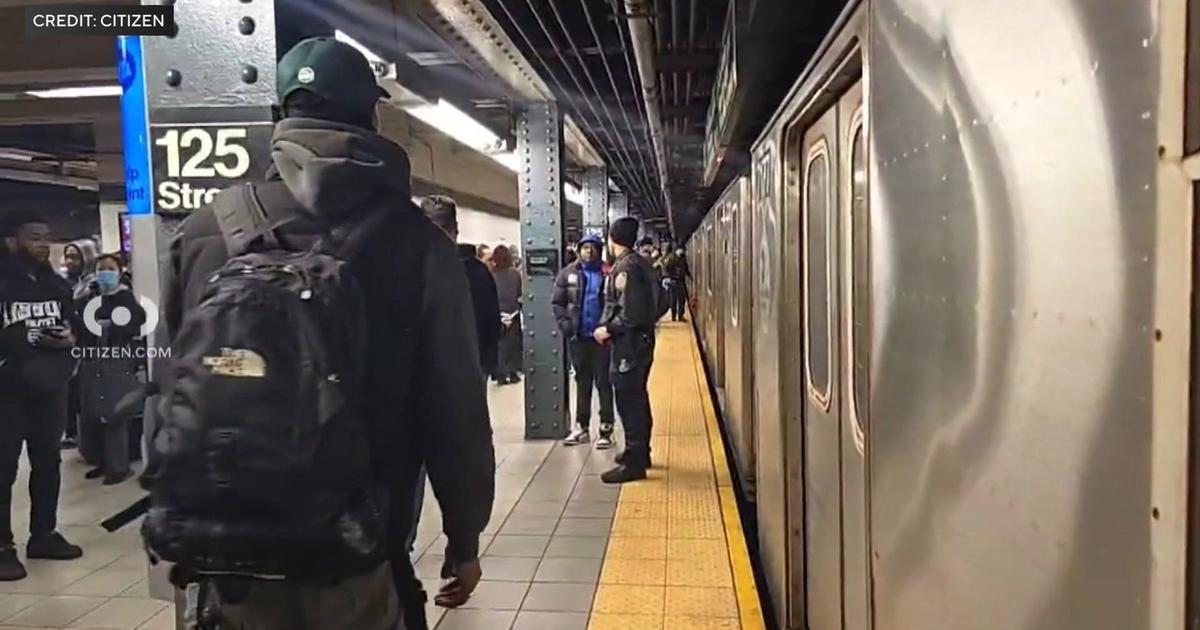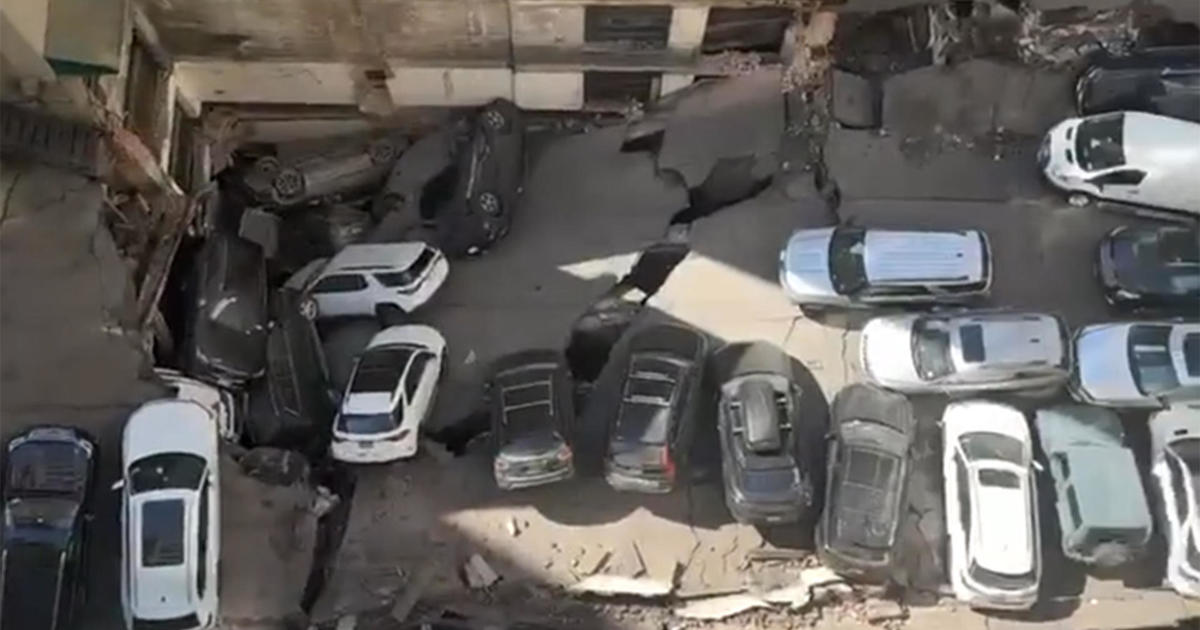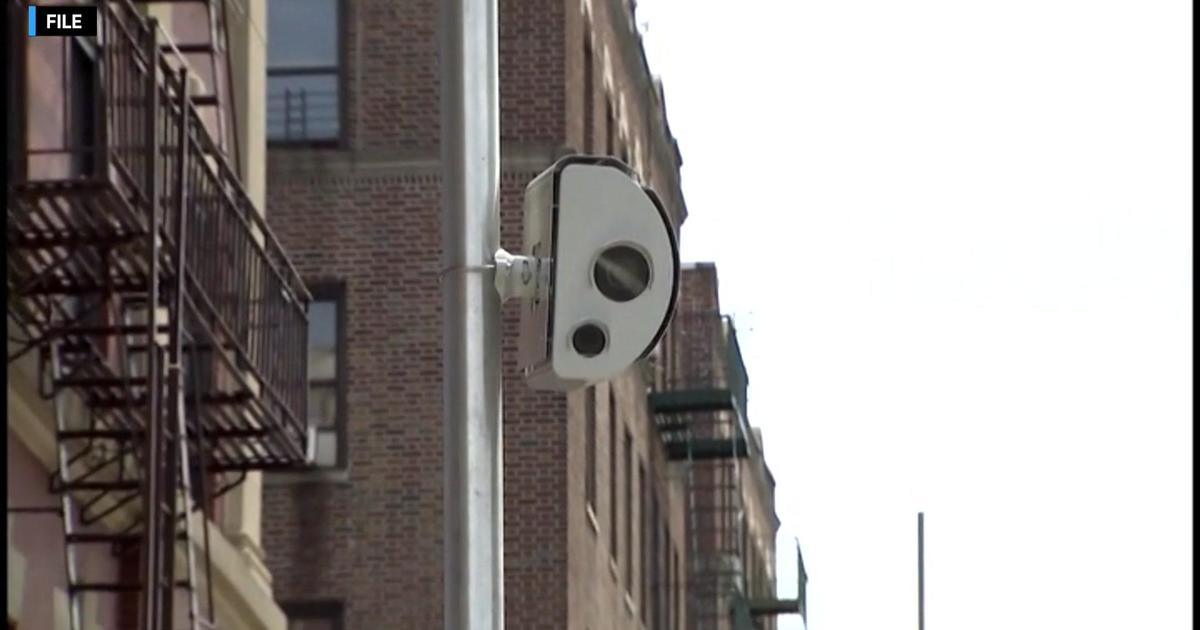State-Of-The-Art Ambulance Provides Life-Saving Help For Stroke Victims
NEW YORK (CBSNewYork) -- Ever see an ambulance stuck in traffic and say to yourself, "I hope they get to the person in time?"
Seconds count in all emergency cases, but time is especially critical if the victim is having a stroke.
As CBS2's Dr. Max Gomez reports, New York has a special ambulance to save those lives.
It's called a mobile stroke treatment unit, and it's a million dollar ambulance that brings everything needed to diagnose a stroke and start clot busting drugs as quickly as possible.
As the saying in neurology goes, lost time is lost brain.
49-year-old attorney Richard Mandaro's life was likely saved just over five months ago when he had gone to the gym one morning before taking the train into New York City. When he went to his usual coffee cart, his right hand got cold and things quickly went downhill.
"I dropped my money on the ground and by the time I got to my office I couldn't speak," Mandaro told CBS2's Dr. Max Gomez.
His secretary called 911. As often happens in the city, the ambulance was met with potentially disastrous traffic delays.
"Every minute that we delay stroke care in a person having a stroke costs that person two million brain cells," Dr. Michael Lerario from NewYork-Presbyterian Hospital/Columbia University Medical Center said. "So the faster we treat a patient, the better they're going to do in terms of outcomes and not having disability following their stroke."
That's where the mobile stroke treatment unit comes in. It's much more than a standard ambulance. The special crew, including a stroke neurologist, is trained in diagnosing and treating strokes.
It has a CT scanner on board to help tell what type of stroke it is and then they're ready to give TPA -- a clot-busting drug.
"We're about 40 minutes faster than standard care, bringing the patient to the emergency room with a standard ambulance," Dr. Lerario said. "So that 40 minutes is a lot of brain that we're saving, and hopefully a lot of disability saving the patient."
Doctors at NewYork-Presbyterian are joining UCLA Health in Los Angeles and hospitals in a handful of major cities nationwide in a study to prove the value of mobile strike units.
Mandaro got his TPA just 90 minutes after his symptoms started, well within the three-hour window that the drug works.
"By noon I was fine, joking and taking selfies with friends," he said.
They key here is to recognize the signs of a stroke so that the stroke ambulance can be dispatched.
At this time, there's only one in New York City and it's not on duty around the clock. There's hope that as it proves to save lives and prevent disability, more will be put into service.



